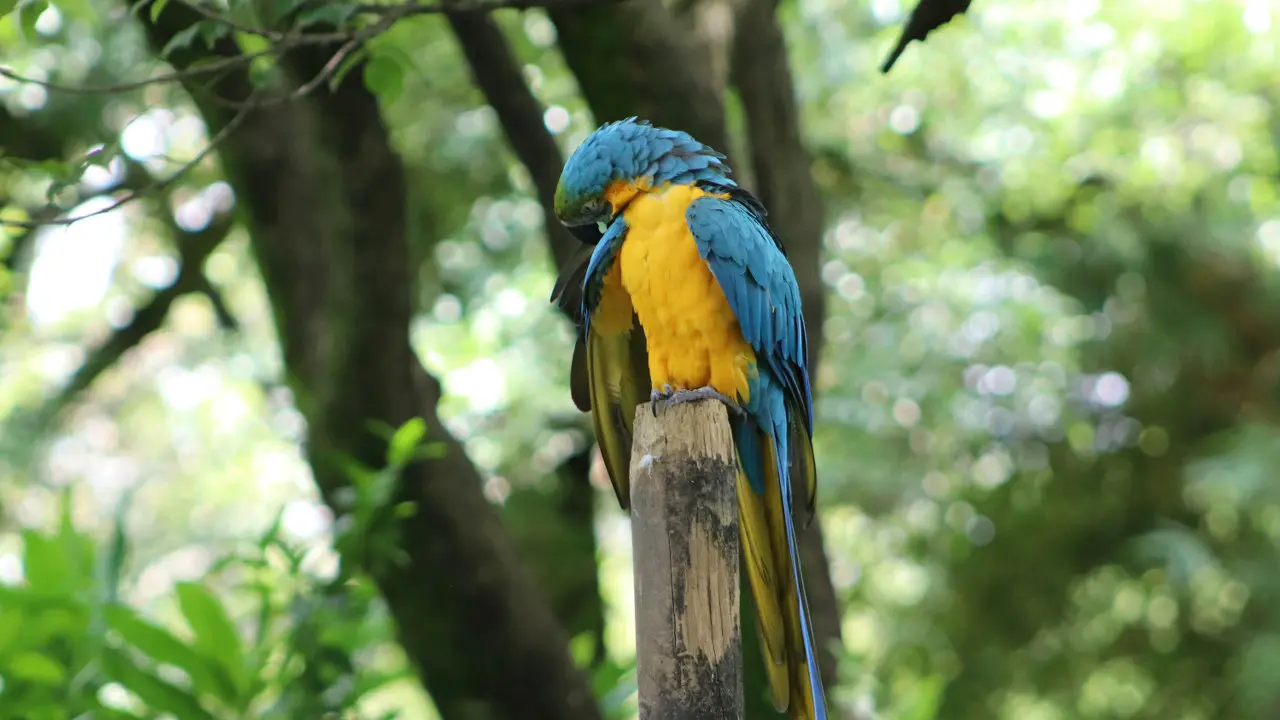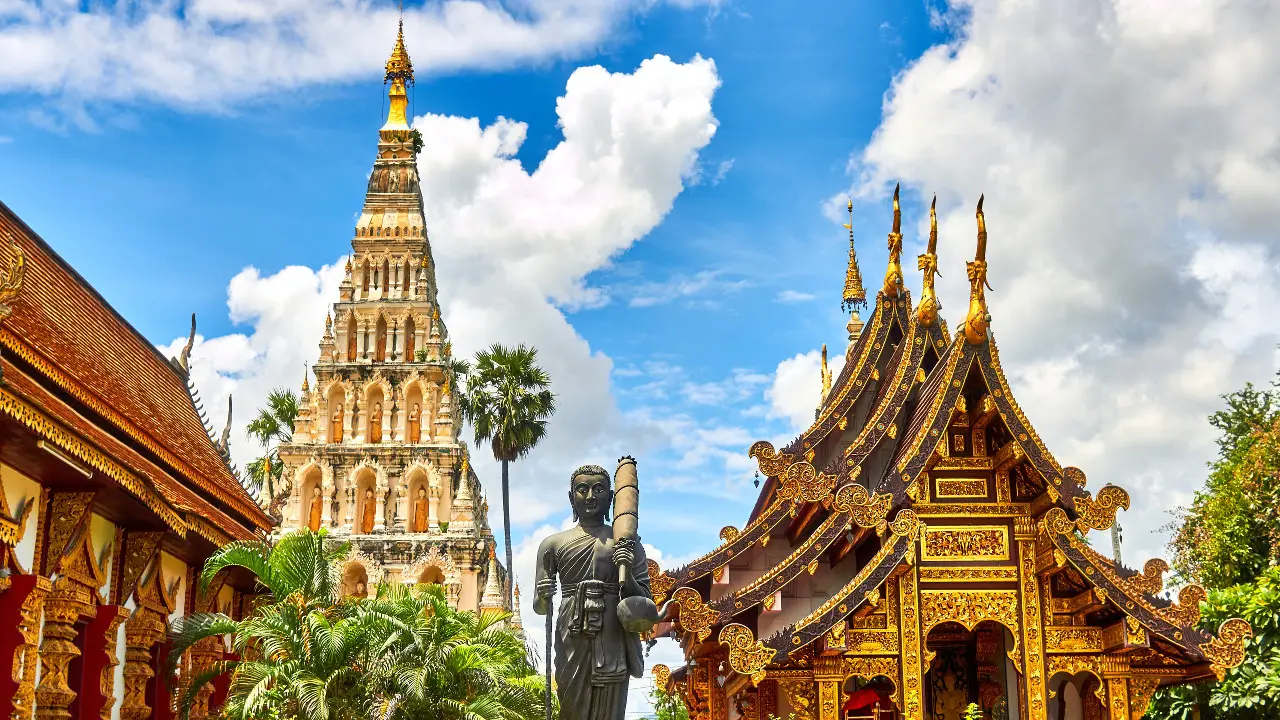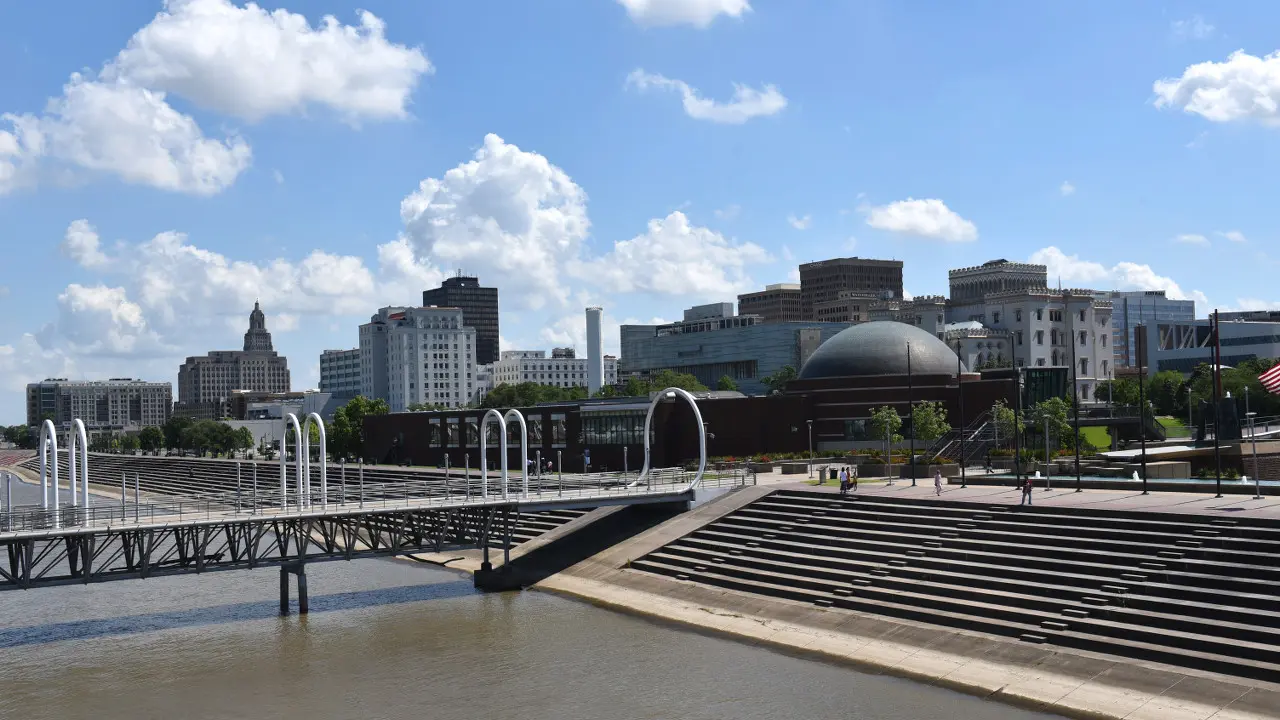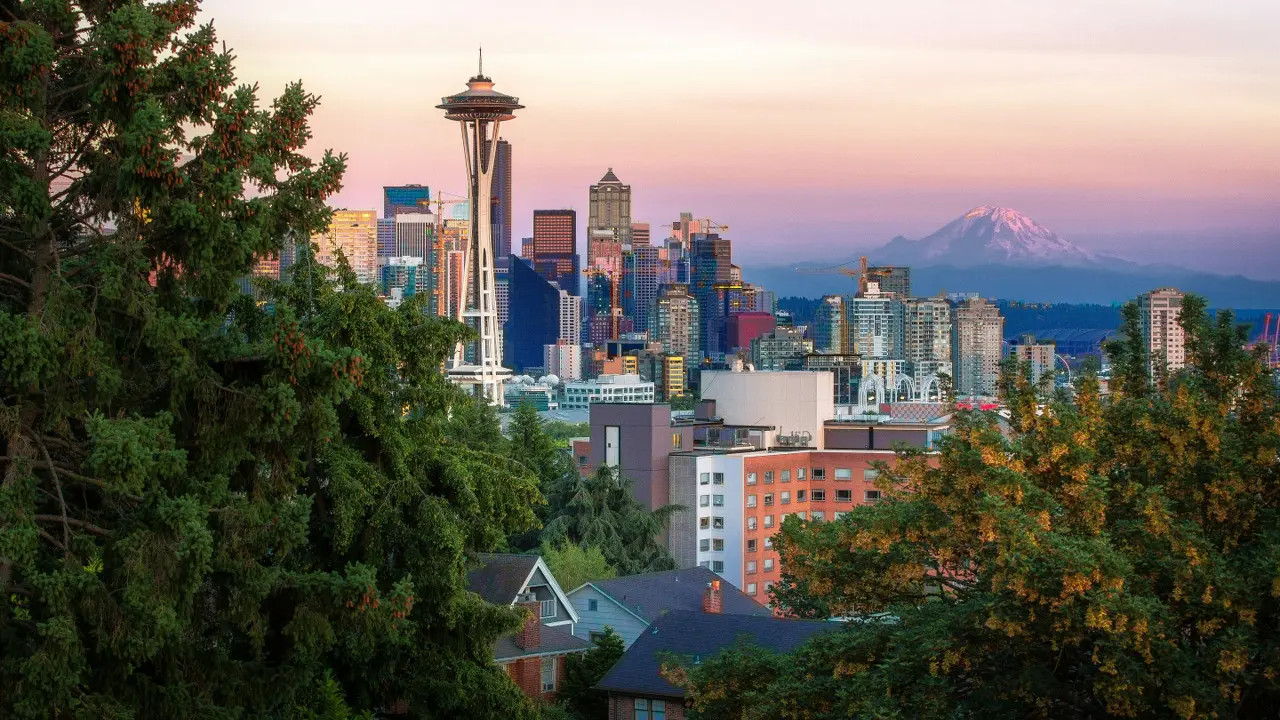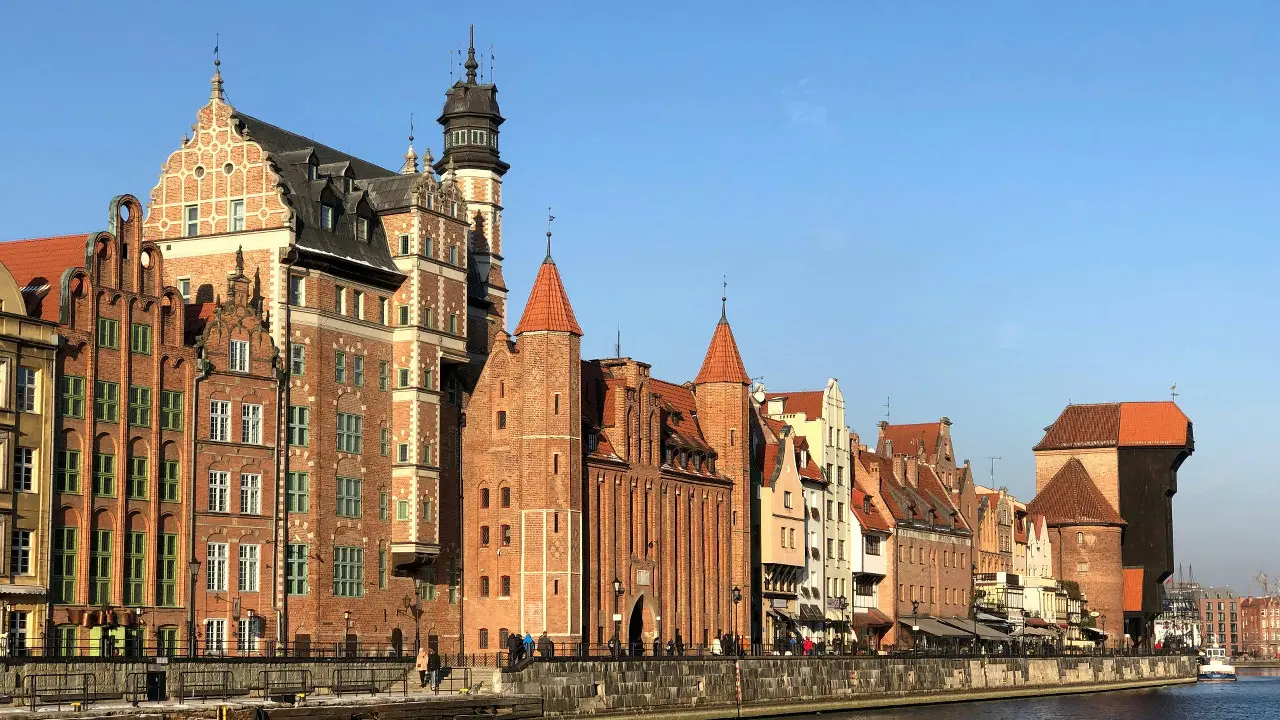ABOUT
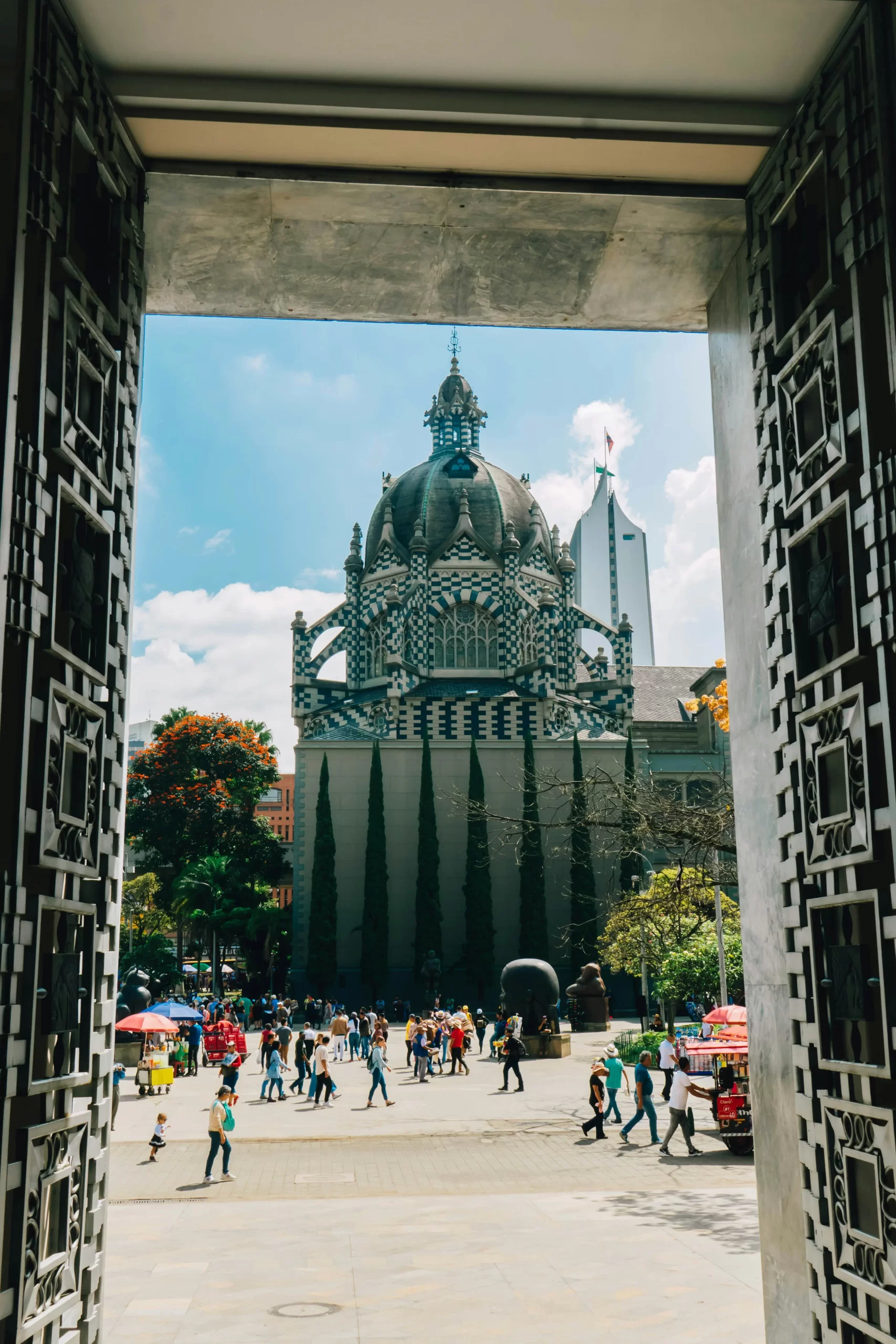
Lauren was born and raised in Omaha, Nebraska. Spanish was always her language of study, and she always loved learning about Latin culture and enjoyed slowly improving in the language.
Tell us about yourself
My journey into becoming a “Gringa Latina” began with an immersion trip to the DR when I was 17. I knew that I wanted to live in Latin America and one day become fluent in Spanish. From there I went on to attend Seton Hall University in New Jersey to study Diplomacy & International Relations. There I was exposed to diversity in a big way, very different from Nebraska. I spent 3 months in San Salvador the summer of 2014, then studied abroad for one full year in Lima, Peru during my junior year. I reached fluency at age 21 which was always my goal.
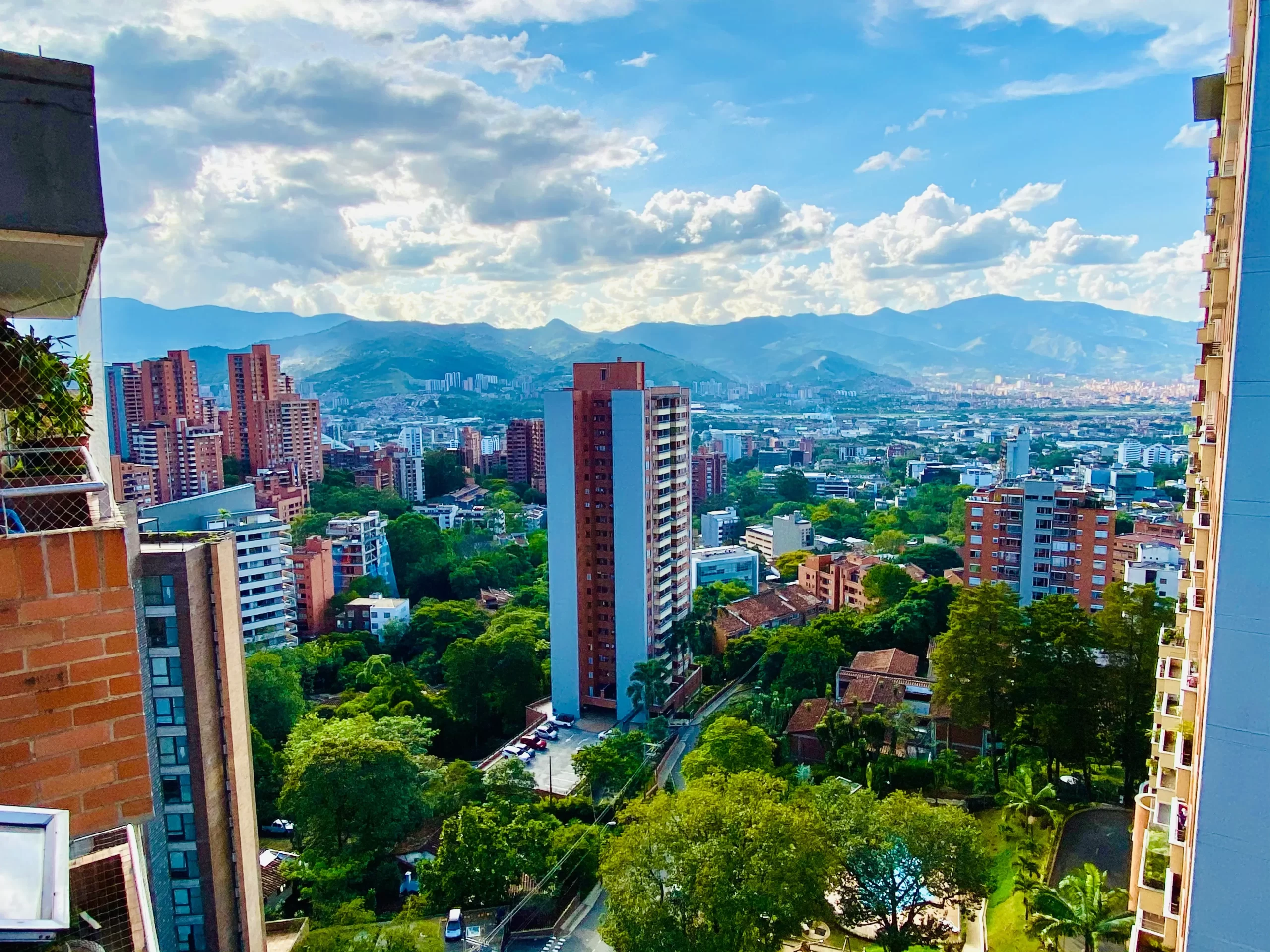
Moving to Medellín
When and why did you move to Medellín?
During that year abroad, I visited Medellín Colombia for the first time in 2015. I instantly fell in love and I knew that I wanted an abroad living experience after college. So I moved here right after I graduated in 2017!
How did you get set up?
I initially moved here on a work visa so I was granted an ID card to be able to open up a bank account, get a phone plan, etc. But I know that not everyone has that and that can be a challenge which is why I created my Move to Medellín Complete Relocation Online Course which is a step-by-step course teaching you everything from how to get set up with an apartment/visa/bank account to cultural training and where to meet people. Check it out here.
Was it difficult for you to get medical insurance ?
Because I am young, healthy, and it’s very cheap to pay out of pocket here, I don’t pay for medical insurance.
What did you bring with you?
I initially brought just two big suitcases full of my things, basically everything I was allowed to bring with me on a plane back in 2017. Packing light to start off the journey was key! I go over what to bring and how to deal with your mail upon leaving your home country in Module 6 of my online course.
How did you find an apartment?
I initially moved into a friend of a friend’s room, but that only lasted a few months. Since 2017 I’ve lived in probably 5 or 6 different places and all unfurnished. Because I have all of the requirements, I have rented a couple of times with real estate agencies and once for 4 years I rented directly with the owner. I’ve paid anywhere from $200 for the room to $1000 for a 3 bedroom apartment in a brand new building.
Anything above $1000 for one person in Medellín would be considered quite expensive. But again, that’s not something a newcomer to the city might know which is why I teach you in my course where to look for an apartment (furnished or unfurnished), how to spot the scams, norms/rules around contracts, etc. I also share all of my service providers (yes, the direct contacts) in the course as well.
Anything above $1000 for one person in Medellín would be considered quite expensive. But again, that’s not something a newcomer to the city might know which is why I teach you in my course where to look for an apartment (furnished or unfurnished), how to spot the scams, norms/rules around contracts, etc. I also share all of my service providers (yes, the direct contacts) in the course as well.
What should people consider before deciding to move to Medellín?
People need to consider the fact that:
1) a very small portion of the population here actually speaks English so brush up on your Spanish before moving for sure!
2) People should be aware of whether or not they will go for a visa. A visa allows you to stay for 1 year or longer and you get an ID card and are considered a tax resident. However, this isn’t the route for everyone, and you can still spend up to a year here on a tourist visa/stamp. Just basically, people need to be aware of what their long term plans are before settling their roots here. Another big thing to consider is lifestyle. Latin American lifestyles are much more relaxed and people don’t live to work the way they do in the US. The culture is very different and very much centered around the family which can affect things like values, dating, relationships, etc.
1) a very small portion of the population here actually speaks English so brush up on your Spanish before moving for sure!
2) People should be aware of whether or not they will go for a visa. A visa allows you to stay for 1 year or longer and you get an ID card and are considered a tax resident. However, this isn’t the route for everyone, and you can still spend up to a year here on a tourist visa/stamp. Just basically, people need to be aware of what their long term plans are before settling their roots here. Another big thing to consider is lifestyle. Latin American lifestyles are much more relaxed and people don’t live to work the way they do in the US. The culture is very different and very much centered around the family which can affect things like values, dating, relationships, etc.
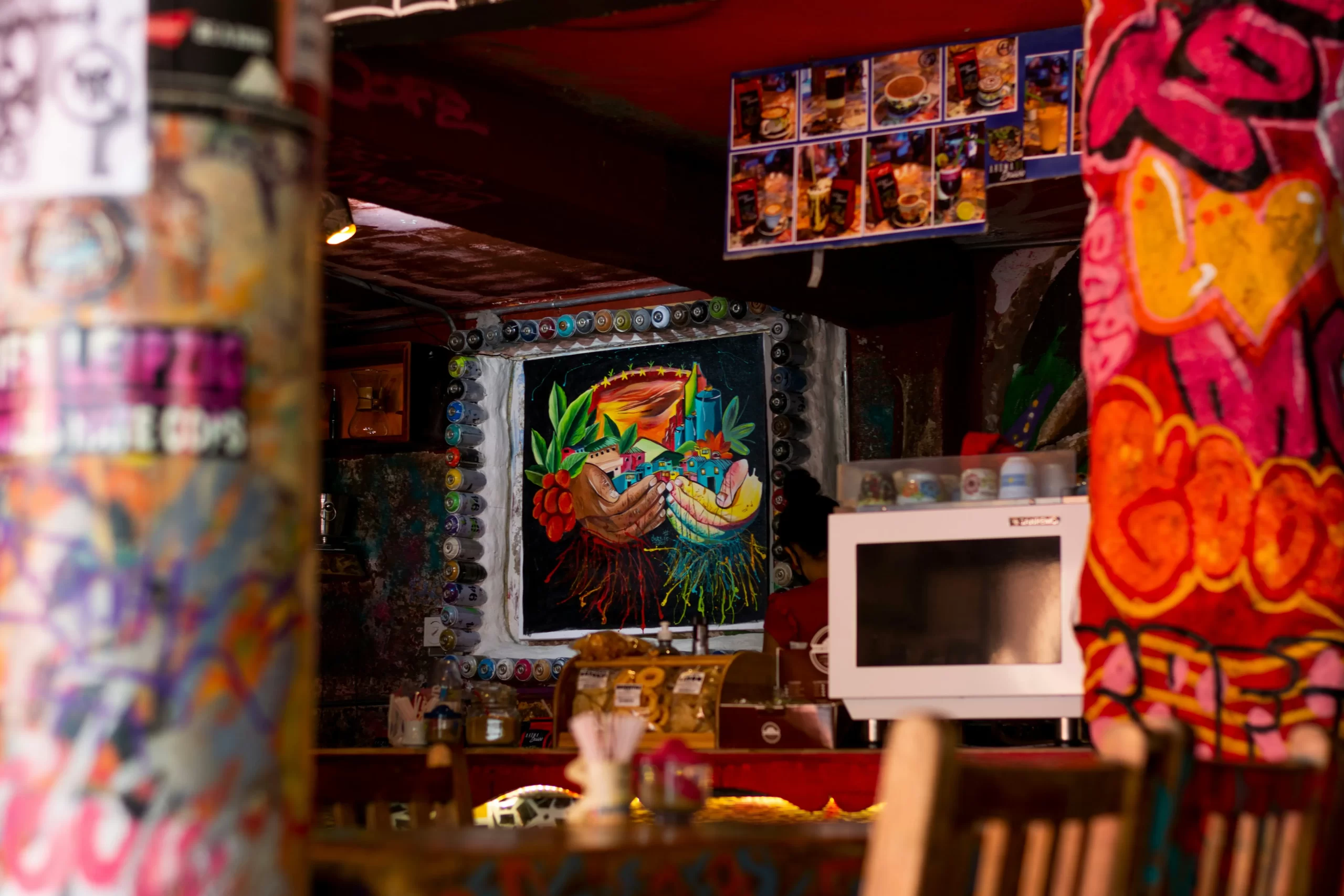
Living in Medellín
What apps do you find useful in your daily life in Medellín?
Rappi is the main go-to for all things food and groceries. You definitely want to have this downloaded before you come! And then in-Driver is a second big favorite because not only can you get rides and choose your prices, but they also have a service section where you can request pretty much anybody on the fly — plumber, manicurist, mover, you name it!
What are your favorite places in Medellín?
Laureles is my favorite neighborhood for sure. It’s very walkable and has so many cute shops, cafes, and restaurants. I also really like the Ciudad del Rio area where the Museum of Modern of Art is. It’s a nice place to unwind near the park or have a picnic and there are always events going on nearby. I also really love going out in nature whether that be to Parque Arví or riding horses in Caldas in the south. Getting out of the city life to enjoy the nature of la Villa de Aburrá (the valley Medellín is located in) is always the best.
How much money do you need to live comfortably in Medellín?
This greatly depends on your lifestyle, but certainly nothing lower than $1000 to live comfortably. Again, because ‘comfortable’ is so subjective it’s important to know what you need in order to live comfortably and what your budget lifestyle will look like. That’s why I created a free Medellín Cost of Living Calculator so newcomers can know exactly how much they’ll be paying based off of one of the three lifestyles: Bootstrap Backpacker, Modern Yet Moderate, or Live It Up Luxurious. Get it here. You may want to come here spending $2000 a month on rent and be surprised to know that that would land you well into the luxurious budget lifestyle.
How do Colombians compare to Americans, in your opinion?
I can only speak for Paisas because I have only ever lived in Medellín. I know that Paisas can be quite different from Colombians from other parts of the country so in comparing Paisas to Americans, Paisas are much more “polite” and non-confrontational. This can be seen as a good thing and other times a bad thing. Sometimes you need to be direct and sometimes you just need to get along. But “polite” is like their middle name and they enjoy small talk and niceties. For someone from NYC this might not go so well. 😂
Paisas also in general are also very resourceful individuals. Not that Americans aren’t, but due to their unique past, the Paisa people have had to learn how to adapt and find solutions even when all else seems impossible. They persevere and use their creative entrepreneurial skill sets to find a way, always.
Paisas also in general are also very resourceful individuals. Not that Americans aren’t, but due to their unique past, the Paisa people have had to learn how to adapt and find solutions even when all else seems impossible. They persevere and use their creative entrepreneurial skill sets to find a way, always.
What do you think about young Colombians?
A couple of major differences I see would be that 1) the younger generations are just not as religious, they don’t go to church, and 2) they speak more English than older generations who never had a need or desire to learn.
Did you feel safe as a woman?
Yes, I feel safe here as a woman. I feel safe in my neighborhood, but I never take the yellow taxis. Harassment and catcalling does happen a lot but I have never felt unsafe here.
What’s on your list of favorite restaurants and cafés in Medellín?
My favorite restaurants would have to be Denver Steakhouse, The Curry Lounge, or Mundo Verde, and my favorite cafes would be Cambria and Smash.
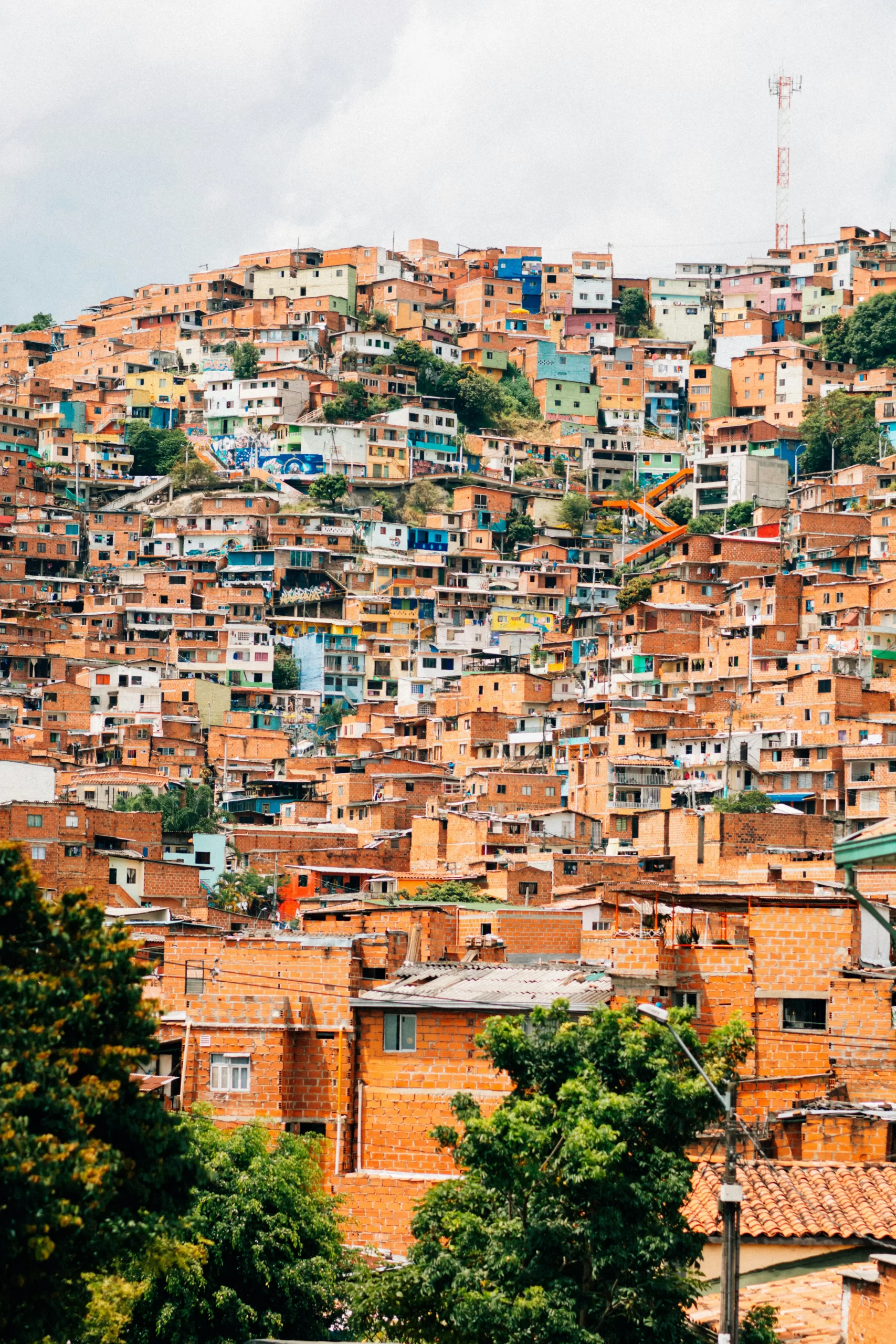
Final Thoughts
Was it easy making friends and meeting people?
No, I did not initially socialize with fellow expats. I pretty exclusively wanted to deepen my knowledge of all things Colombia when I came here, so I befriended only locals and found that over time those relationships (all but a couple) ended up failing due to the value systems which are just way different due to our different cultures. It really is like night and day even though we’re in the same hemisphere! Over time I’ve come to be okay with befriending other expats, although I can’t really connect with individuals who know nothing about the language and culture. It’s definitely been a challenge to find individuals like me to connect with being a young bilingual/bicultural American expat.
What are some disadvantages to living in Medellín?
Some cons to living in Medellín might include:
* Difficulties in connecting with locals on deeper levels due to cultural and economic differences particularly when making close friends and trying to have an authentic dating experience
* The bureaucracy (takes longer to do certain things like see somebody at the bank, see a doctor if you don’t have great insurance, etc.)
* The slower lifestyle (flakiness, slow responses, not a ‘fast’ lifestyle, convenience not valued like in the US)
* Pollution and congestion (depending on what part of the city you live in)
* Not many locals speak English (but this could be a pro if you want that to improve your Spanish)
* Difficulties in connecting with locals on deeper levels due to cultural and economic differences particularly when making close friends and trying to have an authentic dating experience
* The bureaucracy (takes longer to do certain things like see somebody at the bank, see a doctor if you don’t have great insurance, etc.)
* The slower lifestyle (flakiness, slow responses, not a ‘fast’ lifestyle, convenience not valued like in the US)
* Pollution and congestion (depending on what part of the city you live in)
* Not many locals speak English (but this could be a pro if you want that to improve your Spanish)
What are your plans for the future?
I’m excited to get back into starting up my business after a “long-time coming” burnout that also culminated in the loss of a loved one in May of this year. I’m excited to get back into creating content for both my English speaking channel in connection with my business as well as my main YouTube channel La Gringa Latina where I’m hoping to hit 100k this year!
A last word?
Moving abroad all by yourself (even when you are fluent in the language!) is challenging and it took a long time to get “set up” and begin truly thriving as an expat, find my crowd here, etc. That’s what inspired me to begin my business Move & Invest Medellín (shortened to MIMedellin) to help foreigners overcome all of the hurdles involved with a move or investment here. I want to bridge the gap between these two communities and contribute to positive change here in Medellín, a city I now call home. If you are considering moving to Medellín, please reach out to me at hola@moveandinvestmedellin.com. Saludos!
Thank you Lauren for sharing your experience, not just living in Colombia but making it a part of your identity! I am currently in Mexico for the first time and it definitely makes me want to discover more about this part of the world! All the best for your personal and professional projects 🙂

